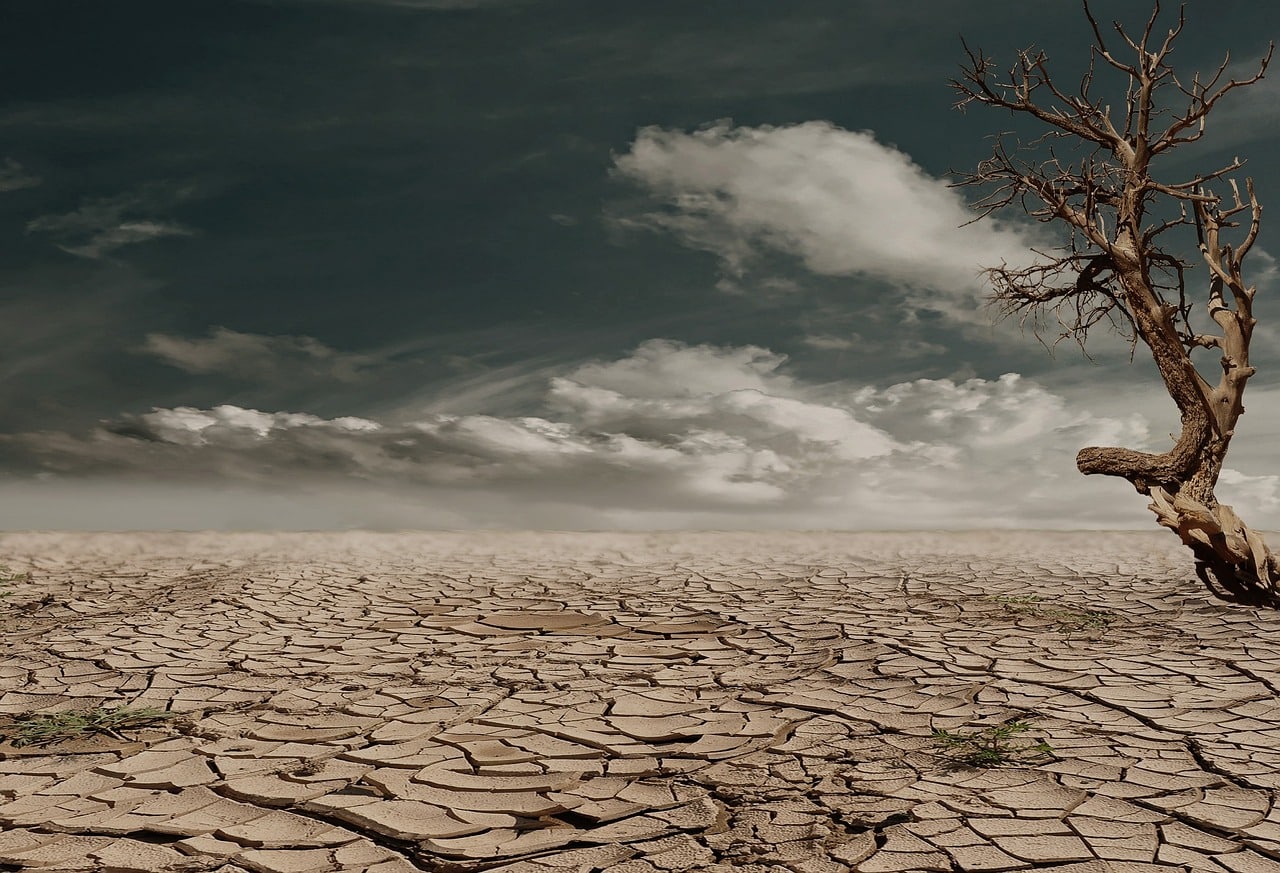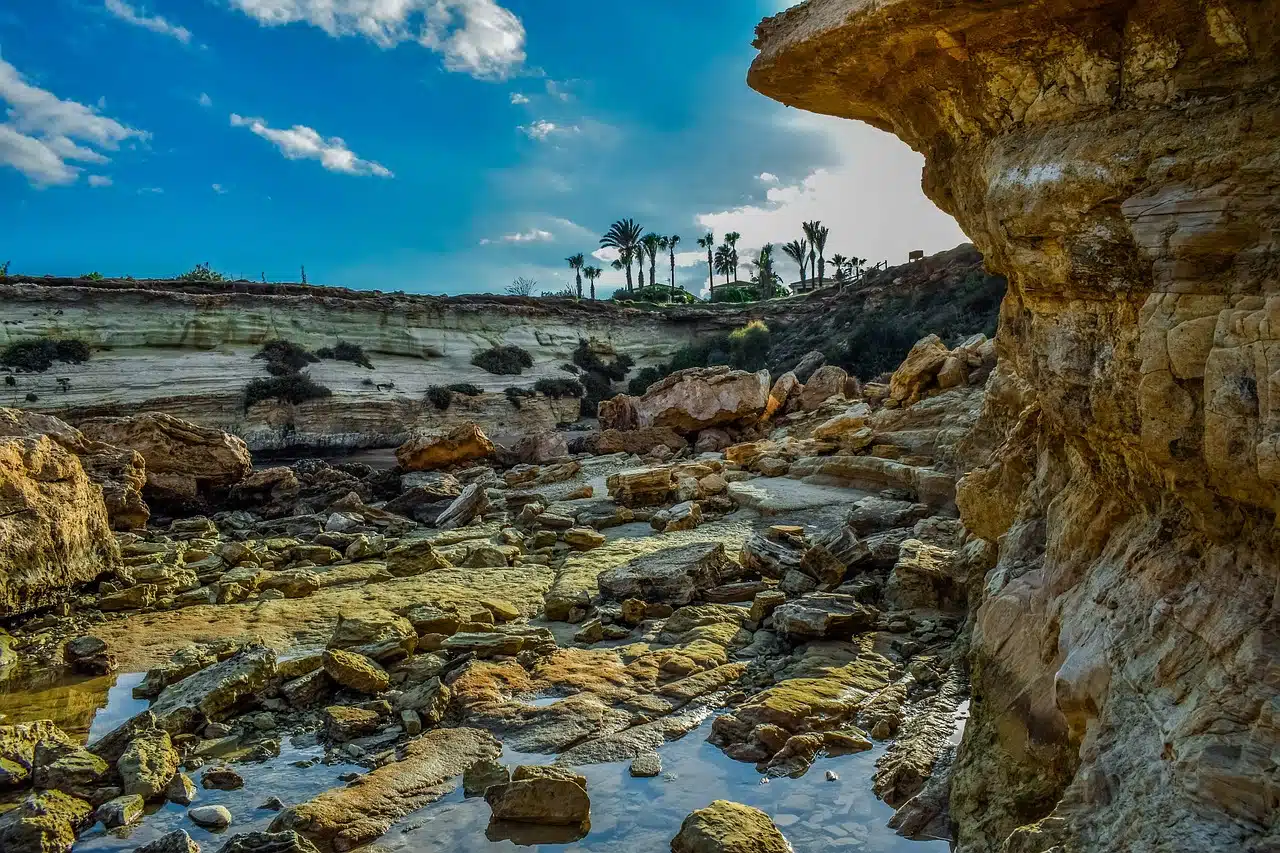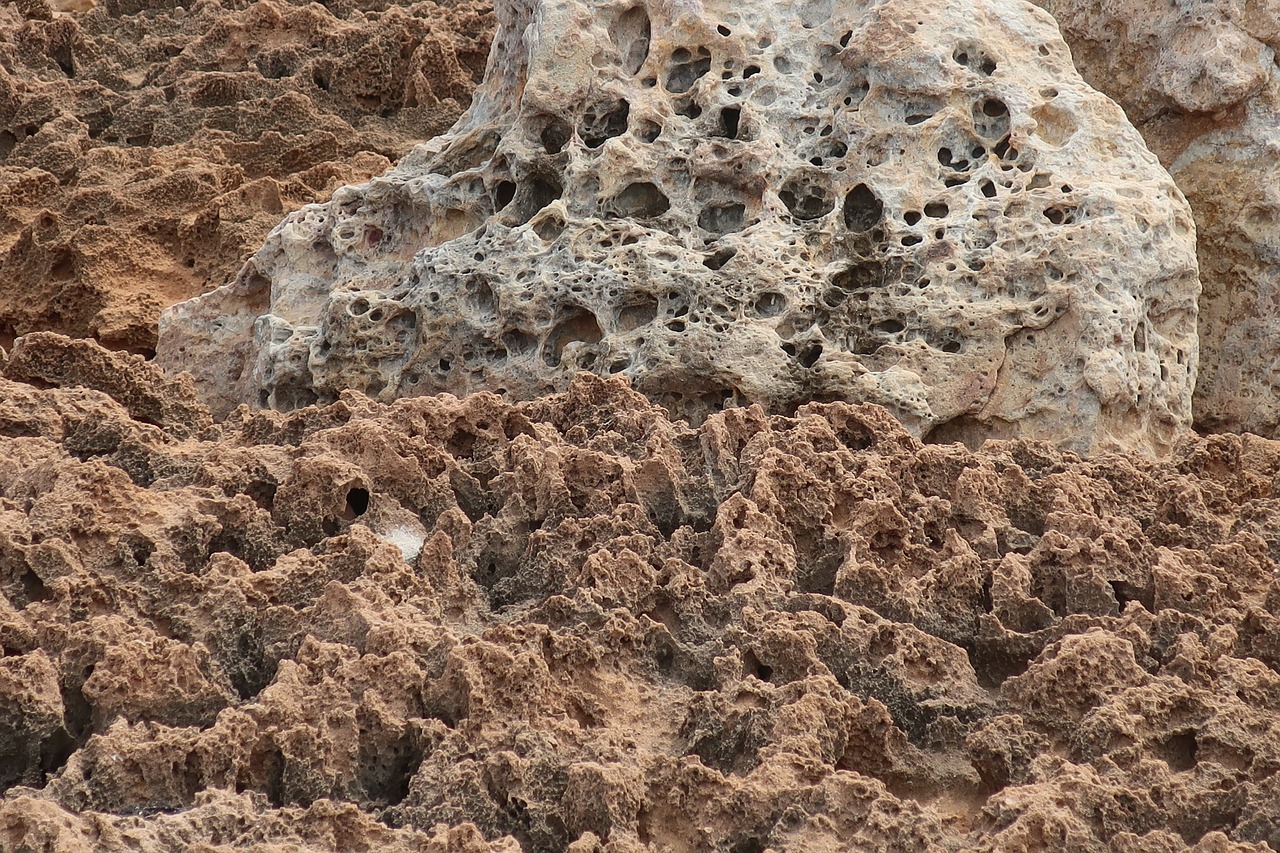
The earth's surface deteriorates due to multiple factors.
Soil erosion is a concept that focuses on the wear and deterioration of the Earth's surface due to multiple causes. The first notion that makes up the expression, from the perspective of the Royal Spanish Academy ( RAE ), refers to a destruction, damage or degradation that is evident on the surface of something as a consequence of friction , which can be ephemeral or long-lasting, with an organism or element. Soil is understood, meanwhile, as a space, layer or surface of the Earth where numerous key components for the environment are present.
It is normal that, due to natural reasons, the land erodes little by little, gradually. The process accelerates quite a bit, however, with the development of agricultural activities . In mountainous sites, to describe a specific reality, there is a movement of masses , downward and towards the outside of rocks and sediments, typical of sloping areas.
Analyzing and controlling the phenomenon of erosion throughout the planet , as well as dealing with techniques and strategies to recover soil, are essential actions to promote the conservation of the natural environment.
Types of soil erosion
The types of soil erosion are recognized based on the agents that cause soil degradation .
Water erosion , for example, is characterized by having a current of water flatten land or wear it down. Raindrops are one of the main parts of this phenomenon, which, in turn, is subdivided into the categories of rolling erosion (where the erosion of river deposits is contemplated), sheet erosion and tunnel erosion, to list a few. modalities.
The wind , for its part, is the main actor in wind erosion because its force shapes reliefs , removing soil and/or wearing away rocks. With the ice and its movements, however, the so-called glacial erosion takes place. Regarding this last variety, we cannot fail to highlight that, in other times, glaciers , with their overwhelming power, were responsible for carving the features of certain landscapes that, today, are distributed in different high and medium latitudes. .

Water wears down the land.
Factors that degrade the earth's surface
Factors that degrade the earth's surface are, according to experts who investigate the causes and characteristics of soil erosion , topography , climate and vegetation .
Erosion levels also increase in areas where there is deforestation and in lands cultivated using the intensive agriculture method. The lands where there is overgrazing also deteriorate, a lot and quickly, a reality that can be alleviated or prevented by applying the rotational grazing modality.
Each urbanization plan, inadequate management of natural surfaces and the continuous worsening of climate change aggravate the situation. It does not go unnoticed by scholars in the field that coastal erosion has been showing growth as a result of rising sea levels.
Consequences of soil erosion
There are several consequences of soil erosion , some more visible than others.
When a territory is eroded, the affected space reflects a serious loss of nutrients and an alteration of its chemical composition, therefore its fertility is compromised. This is bad for the environment and, by extension, for humans. Aquatic biota , as well as water quality, are also harmed when there is erosion. Food security is another issue in danger since excellent agricultural yields and optimal quality of foodstuffs arising from these lands cannot be expected from eroded soil.
In very serious cases, with affected urban infrastructure , rivers flooded by sedimentation , landslides and floods associated with erosion processes, the local population experiences consequences of great magnitude that, at times, are unfortunately not limited to material losses since there may be fatalities due to abused soils, damage to biodiversity and degraded ecosystems.

The rocks show wear and tear over time.
Conservation practices and techniques
There are conservation practices and techniques to stop or reduce soil erosion as much as possible. For these strategies to be implemented and give positive results, joint work involving scientists, governments, farmers and the population in general is essential.
The philosophy of conservation agriculture is useful in this framework. This activity is based on the vegetal cover designed to protect the surface of the land. With this maneuver, the soil remains protected during fallow times and contributes to the movement and recycling of nutrients, for example. Using inert vegetation to generate an organic covering, it is possible to prevent soil moisture from evaporating and, simultaneously, a good percentage of water infiltration is promoted in the edaphic horizons. In relation to soil compaction , the beneficial value of stubble residues that are used as a blanket on the ground has been proven, because they protect it from the pressure exerted by animals when stepping on them and the effects of machinery in operation.
Terrace cultivation emerges as a viable solution when the challenge is to keep water erosion under control. To carry out this plan, it is necessary for an agronomist to carry out a survey of the area in order to proceed with the design of the construction project.
It is also enriching to know and keep in mind that bioengineering techniques have been developed that aim, for example, to combat surface erosion with coating work.
